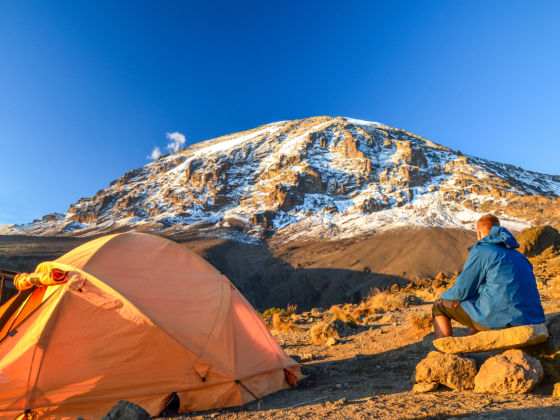Mount Kilimanjaro is the tallest mountain on the African continent and the highest free-standing mountain in the world. Approximately 25,000 people attempt the 19,341-foot climb every year. If you’re also hoping to embark on this adventure, here are a few tips to keep in mind:
1. Carefully consider the route options.
The route you choose will undoubtedly be one of the toughest decisions you make when preparing for this hike. There are seven major routes used to climb Kilimanjaro: Marangu, Machame, Rongai, Lemosho, Shira, Northern Circuit, and Umbwe. To find the best route for you, consider the minimum days to complete the hike (the probability of successfully reaching the top is much higher for longer hikes than for shorter hikes), level of difficulty, foot traffic, time to acclimate to the altitude, and scenery. There is no “best” route up the mountain. It depends entirely on you.
